What is azelaic acid?
2018-08-22

What is azelaic acid?
It is a dicarboxylic acid that is naturally derived from grains, including wheat and barley. In its natural state, it’s a white powder.
What are the skincare benefits of azelaic acid?
Azelaic acid is primarily used to treat rosacea as it has incredible anti-inflammatory powers, but it is also known to ease acne-prone skin. The antibacterial qualities help to prevent clogged pores by killing any bacteria to reduce white and blackheads. It’s also known to help pigmentation; as Dr Sam Bunting explains, “It inhibits the skin’s excess production of melanin.”
How do you use azelaic acid?
You can buy azelaic over the counter without a prescription. It’s worth looking for formulas with at least 15 percent though. If you have super sensitive skin, you might find that your skin has a slight reaction, but generally azelaic acid is safe to use for everyone. As it is a natural exfoliant, it’s important that you use a suncream with it.
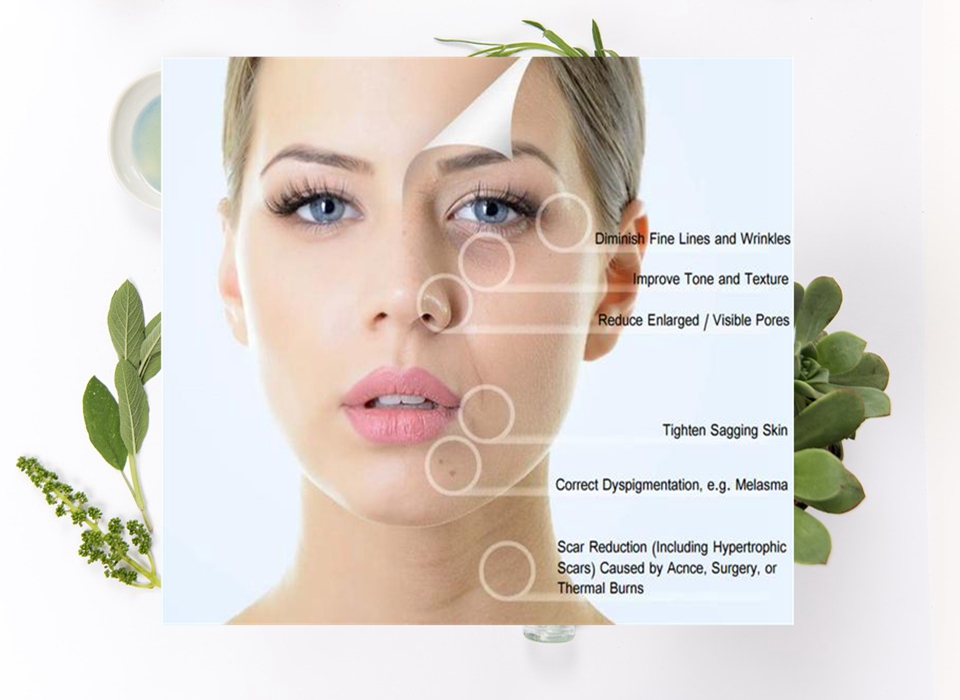
–-What Are the Benefits of Azelaic Acid?
-1 Azelaic Acid is an extremely effective acne treatment.
-2 Azelaic Acid Treats Rosacea.
-3 Azelaic Acid Treats Hyperpigmentation and Melasma
-4 Azelaic Acid is Good For Hair Growth.
Summary of the all the benefits.
Azelaic Acid is a highly effective acne treatment comparable to Benzoyl Peroxide, Tretinoin, and even Accutane. It also treats rosacea, melasma, and hyperpigmentation. It has antibacterial, antioxidant, and anti-keratinizing properties. It prevents dead skin build up, unclogs pores, reduces redness, and most importantly does all this gently without major side effects! AzA may also be effective for treating hair loss.
How to Use Azelaic Acid and Tips.
Use about a fingertip’s worth of Azelaic Acid for the whole face after cleansing. If you find you are experiencing some irritation from it, try buffering it by applying your moisturizer first. This won’t decrease its effectiveness and is a good way of avoiding unnecessary irritation. Pro-tip: the same can be done with Benzoyl Peroxide (I’ll be making a whole post about reducing Benzoyl Peroxide irritation in the future). EDIT: Here it is. Remember to introduce AzA slowly and patch test first. More isn’t necessarily better. One study found that applying 20% Azelaic Acid cream once daily was just as effective as applying it two times a day after three months.








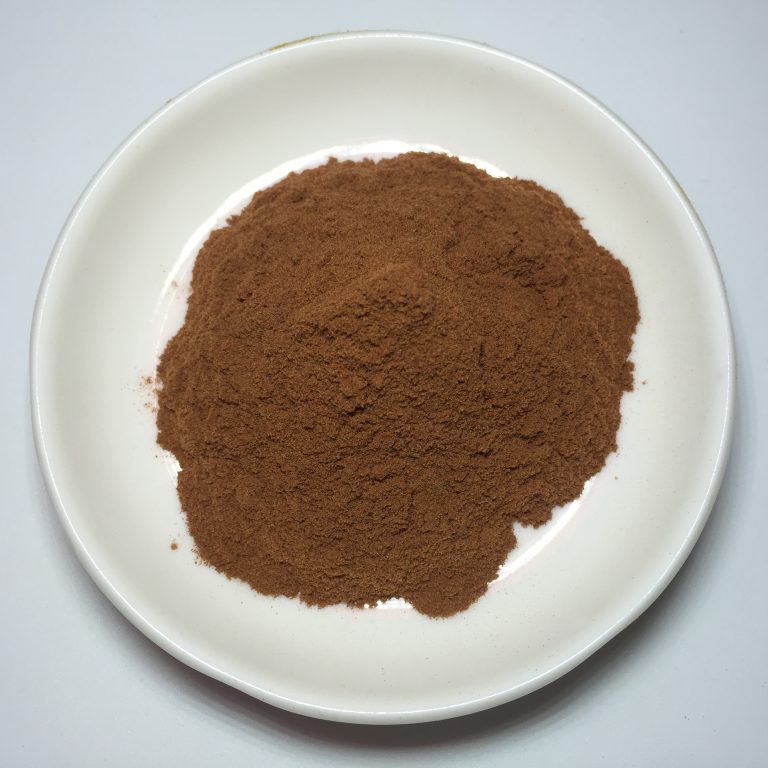 Imaherb China manufacturer supply Apple Extract Powder
Imaherb China manufacturer supply Apple Extract Powder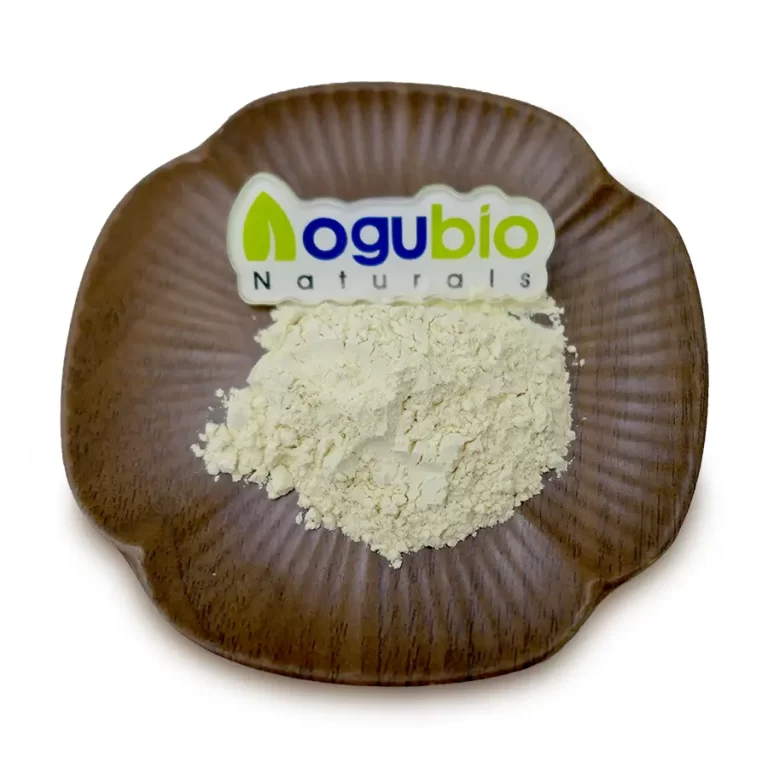 Imaherb China manufacturer supply Apigenin Powder 98%
Imaherb China manufacturer supply Apigenin Powder 98%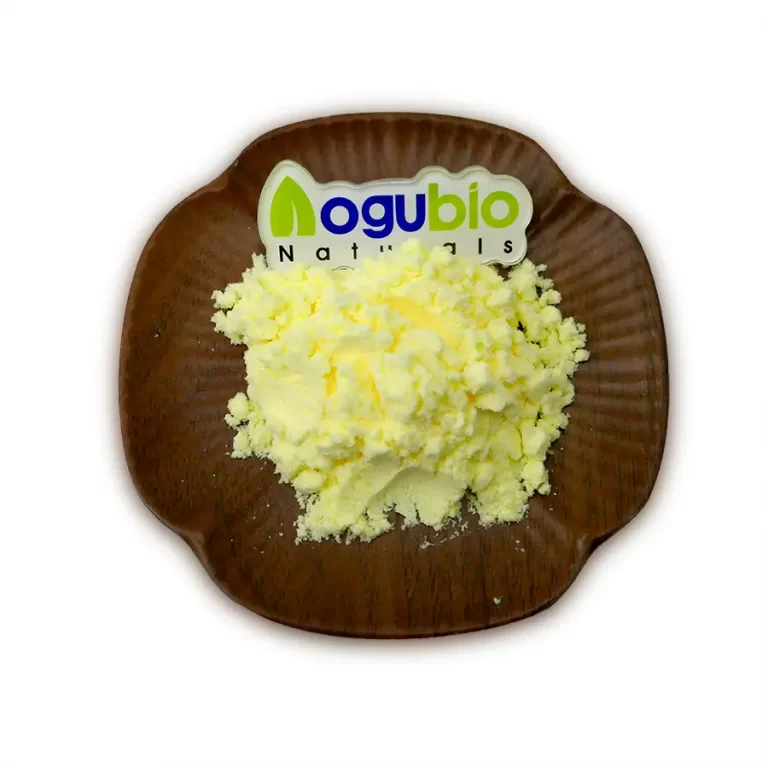 Imaherb Factory supply Alpha Lipoic Acid Powder CAS 1077-28-7
Imaherb Factory supply Alpha Lipoic Acid Powder CAS 1077-28-7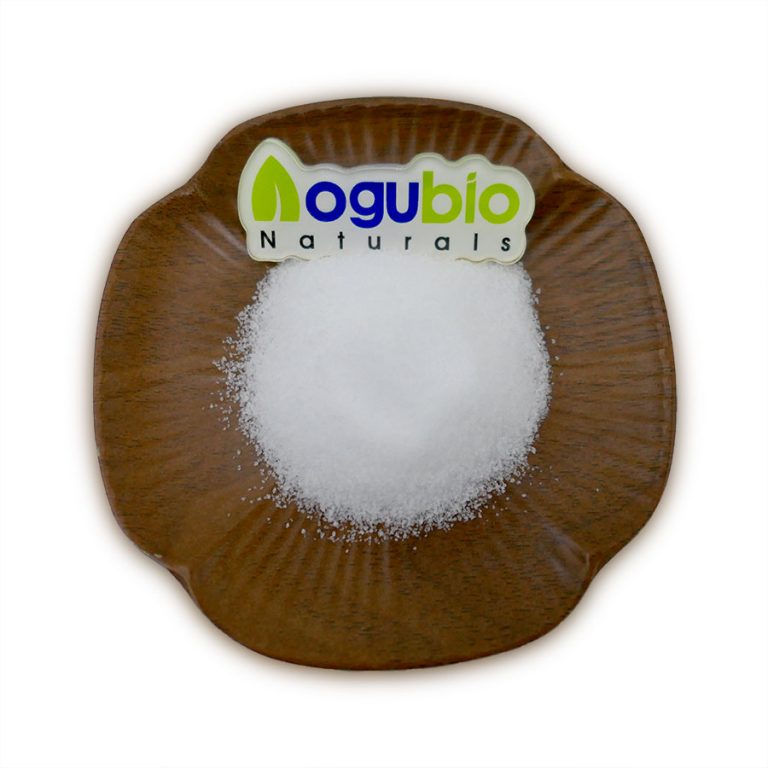 Imaherb Factory supply Alpha GPC Powder CAS 28319-77-9
Imaherb Factory supply Alpha GPC Powder CAS 28319-77-9 Imaherb Factory supply Alliin Powder 98% CAS 556-27-4
Imaherb Factory supply Alliin Powder 98% CAS 556-27-4 skype
skype Sales Manager
Sales Manager Rebekah
Rebekah Rachel
Rachel Miranda
Miranda Camilla
Camilla
 Sales Manager
Sales Manager